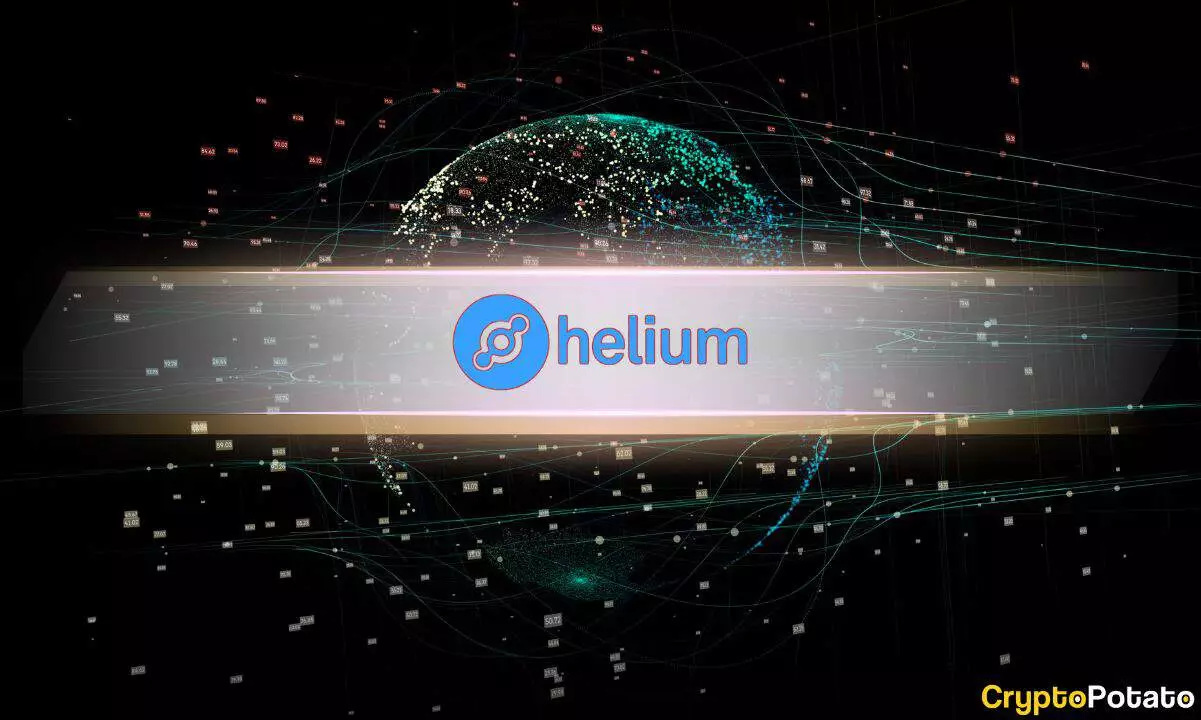The fourth quarter report for Helium’s native token, HNT, paints a dire picture of its market viability. With a staggering 20% drop in its circulating market capitalization, which plummeted from $1.3 billion to $1.0 billion, the narrative is increasingly becoming one of caution. A price decrease from $7.54 to $5.88—representing a 22% fall—extends a troubling trajectory for HNT investors. The cryptocurrency market is notoriously volatile, yet Helium’s internal dynamics raise considerable concern about its sustainability amidst growth rhetoric.
While a market downturn might be expected, Helium’s ambitious expansion plans within its network might seem at odds with its declining token performance. The real question to ponder is: can we trust the narrative of growth when the core currency is suffering?
Hotspots and User Incentives: An Inconsistent Story
Helium Mobile has indeed seen an impressive increase in the number of hotspots, registering a 14% growth quarter-over-quarter to reach nearly 25,000. This surge could bolster the argument that Helium’s service is gaining traction, particularly as its pricing model remains favorable compared to traditional U.S. telecom giants. The introduction of the Discovery Mapping feature, which rewards users for sharing location data, also stands as a potential draw for user engagement.
However, incentives have allegedly shifted from HNT to Cloud Points, which could signify a deeper issue at play. The immediate question: does this change imply a reduced confidence in HNT’s value? Users are not merely champions of a token; they seek tangible rewards and utility. Shifting incentives can lead to disengagement, suggesting that Helium might not be achieving the necessary user retention—even with operational advantages demonstrated during crises, such as Hurricane Helene, when Helium’s hotspots remained active amid widespread power outages.
Inequality in Token Distribution: A Trust Erosion
One of the most disconcerting elements of Helium’s operation is the alleged hoarding of early token rewards by its founders and associated insiders. The notion that a small group mined millions of HNT tokens—reportedly valued at $250 million at their zenith—while average users were left with negligible amounts is both infuriating and disheartening. This level of inequity could breed distrust among users and investors, undermining Helium’s credibility in the marketplace.
The unfortunate reality is that the community’s faith in Helium’s network could erode quickly if these claims remain unresolved. In the age of transparency that blockchain advocates so passionately promote, the admission of such disparities threatens to derail user confidence. While larger-scale users may capitalize on the new incentives, smaller, everyday users may feel sidelined—alienated by a structure that seems to hoard wealth rather than distribute it equitably.
Unmet Demand: The Illusion of Growth
Despite the reported growth in infrastructure—over 375,000 hotspots in total—data analytics indicate a glaring problem: the demand for services hasn’t matched this expansion. Although the rollout of LoRaWAN connectivity has been rapid, the actual usage has been disconcertingly low. The limited daily burns of Data Credits (DCs) not only suggest a lack of engagement but also expose Helium’s inability to create a compelling ecosystem that motivates ongoing participation.
Clearly, merely establishing a network isn’t sufficient; it requires an engaged user base willing to utilize the system regularly. Without this foundational user reliance, the growth narrative starts to look less like a triumph and more like a façade, leading to the question of whether Helium is strong enough to navigate the precarious waters of cryptocurrency economics.
Partnership Confusion: A Widening Rift
Helium’s previous alignment with prominent companies like Lime and Salesforce has also come under scrutiny. When Lime’s communications director clarified that their relationship had been mere testing back in 2019, it painted a dismal picture of exaggerated claims that could backfire. Such misrepresentations only bolster the skepticism surrounding Helium’s marketing premise.
An over-reliance on alliance-based advertising can ultimately mislead investors and users alike, especially when such partners subsequently deny formal affiliations. For a network seeking to solidify its legitimacy in a crowded market, such discrepancies could kindle a crisis of confidence rather than enhance its reputation.
Overall, while Helium Mobile presents appealing user advantages and a technically robust infrastructure, glaring issues persist that demand urgent attention. With a consistent decline in HNT’s value and growing allegations of inequity, the ecosystem’s future remains uncertain. The cryptosphere is forgiving, but only if it sees effective change.

